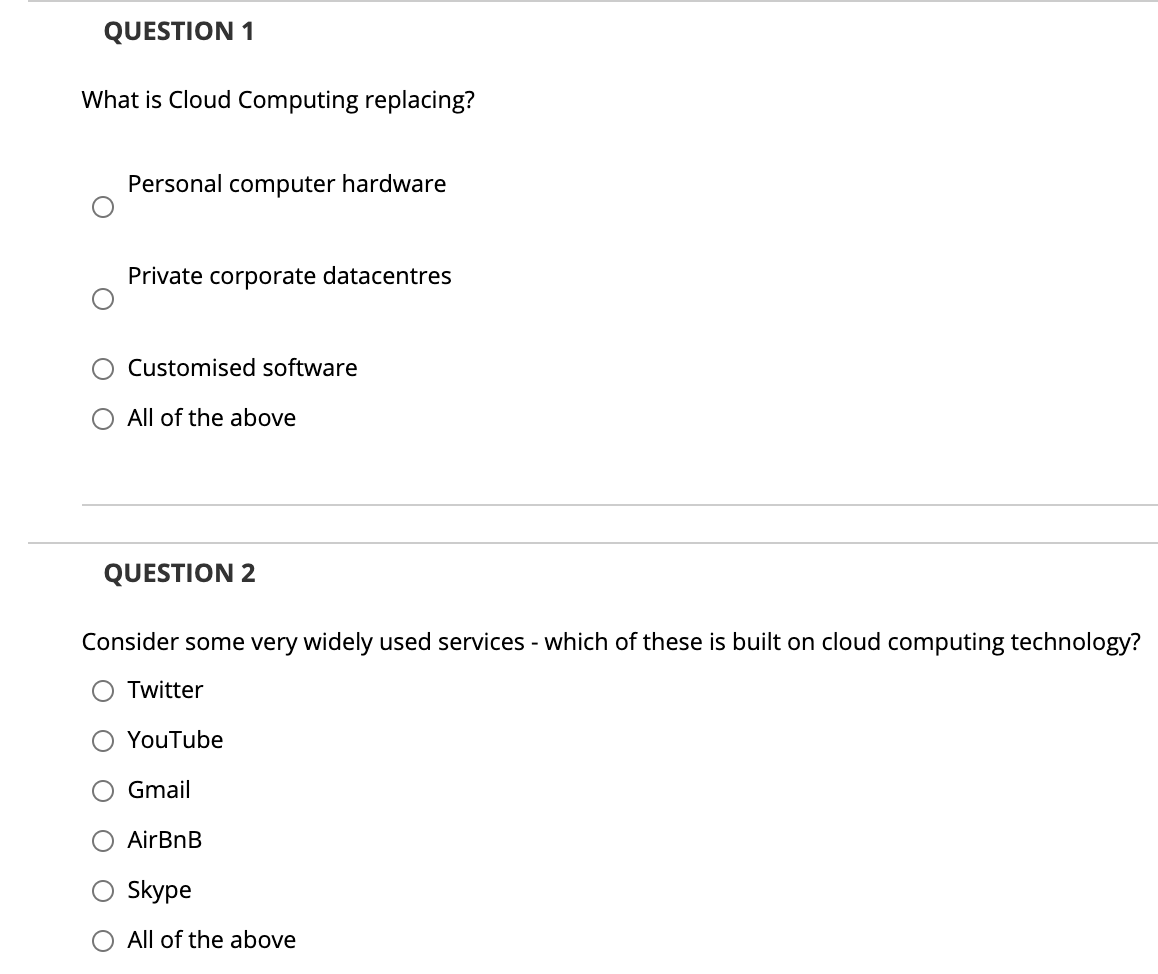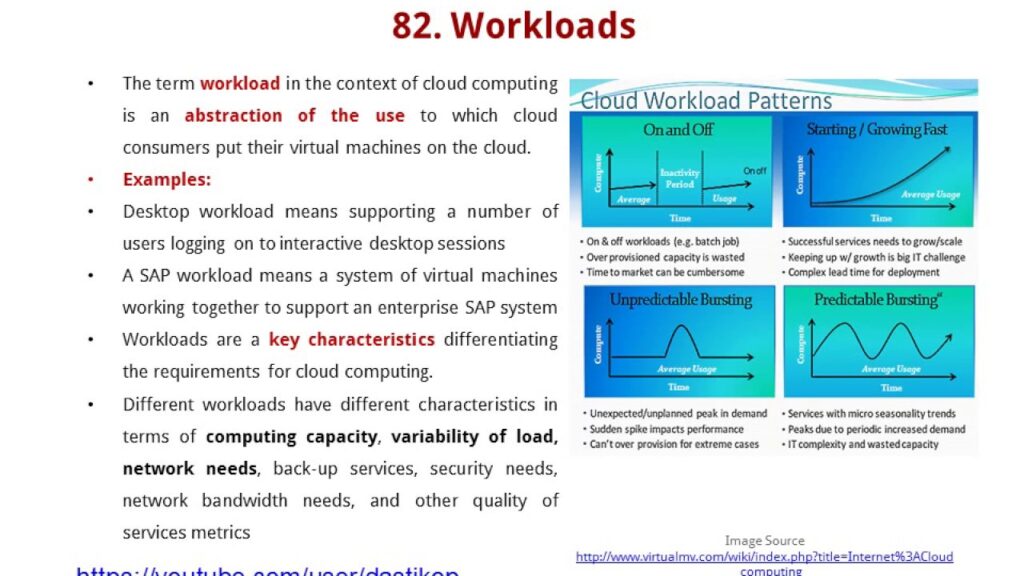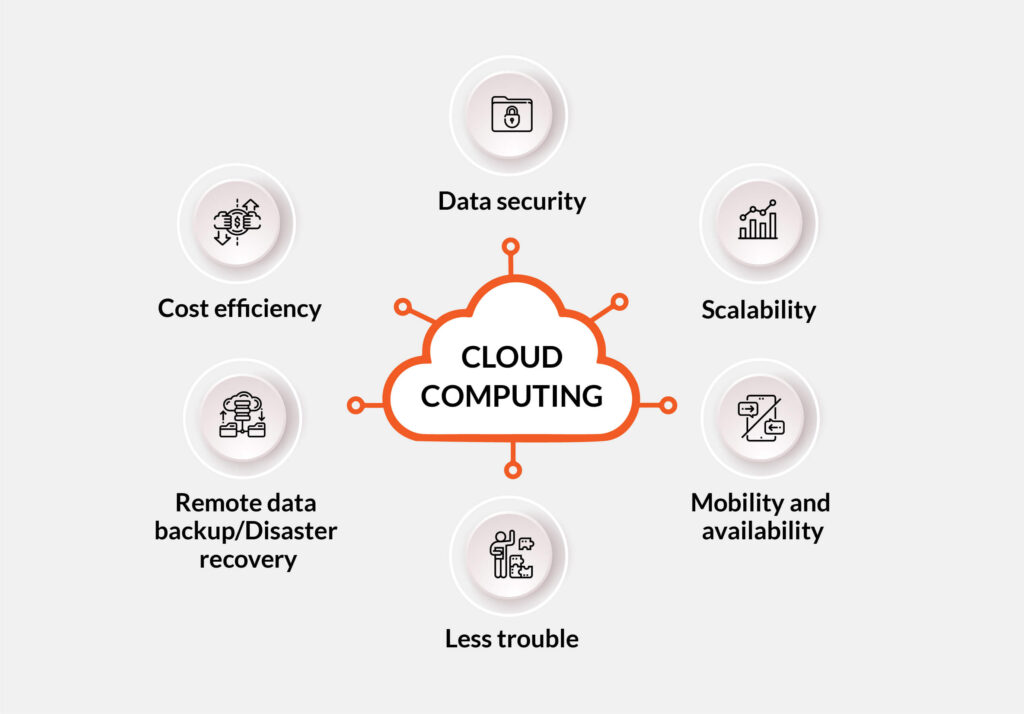As the world becomes increasingly digitized and interconnected, the way we store and access data has undergone a dramatic shift. Gone are the days of bulky, on-premise servers and expensive software licenses. Today, businesses and individuals alike are turning to the cloud for their computing needs. But what, exactly, is cloud computing replacing?
In short, the answer is everything. From traditional data centers to physical storage devices, cloud computing is disrupting the way we think about technology infrastructure. Its benefits are numerous, including increased flexibility, scalability, and cost savings. But as with any major technological shift, there are also challenges to be faced. In this article, we’ll explore the ways in which cloud computing is replacing traditional computing models, as well as the implications of this shift for businesses and individuals alike.

What is Cloud Computing?
Cloud computing is the use of remote computers and servers to store, manage, and process data instead of relying on local machines. It allows users to access their data from any location with an internet connection, eliminating the need for expensive hardware and on-site maintenance. Cloud computing offers a wide range of benefits for businesses, including scalability, cost savings, and increased efficiency.
What is Cloud Computing Replacing?
On-Premise Infrastructure
Cloud computing is replacing the need for on-premise infrastructure, such as servers, data storage, and networking hardware. By using cloud computing, companies are able to reduce their capital expenses, as they no longer need to purchase and maintain physical hardware. Additionally, companies can scale their cloud resources quickly and easily, without the need to purchase additional hardware.
Manual Processes
Cloud computing is also replacing manual processes, such as software installation and updates. By utilizing cloud services, companies can automate these processes and save time. Additionally, cloud services can be set up to provide automated backups of data, eliminating the need for manual backup processes. This can help businesses save time and money, as well as reduce the risk of data loss.
Traditional Data Centers
Cloud computing is also replacing traditional data centers. By utilizing cloud services, companies no longer need to maintain and manage their own data centers. This can help businesses save money, as they no longer need to purchase and maintain expensive hardware. Additionally, cloud services can be scaled easily and quickly, allowing companies to quickly add or remove resources as needed.
Legacy Systems
Cloud computing is also replacing legacy systems, such as outdated software and hardware. By utilizing cloud services, companies are able to quickly and easily update their systems without the need to purchase and maintain expensive hardware. This can help businesses save time and money, as well as reduce the risk of data loss.
Traditional Backup Solutions
Cloud computing is also replacing traditional backup solutions. By utilizing cloud services, businesses can quickly and easily backup their data without the need for manual processes. Additionally, cloud services can be configured to provide automated backups, eliminating the need for manual backups. This can help businesses save time and money, as well as reduce the risk of data loss.
Software Licensing
Cloud computing is also replacing software licensing. By utilizing cloud services, companies can quickly and easily access their software without the need to purchase and maintain expensive hardware. Additionally, cloud services can be scaled quickly and easily, allowing companies to quickly add or remove resources as needed.
Data Storage
Cloud computing is also replacing physical data storage. By utilizing cloud services, companies are able to store their data in the cloud, eliminating the need for expensive hardware and on-site maintenance. Additionally, cloud services can be configured to provide automated backups, eliminating the need for manual backups. This can help businesses save time and money, as well as reduce the risk of data loss.
Network Connectivity
Cloud computing is also replacing network connectivity. By utilizing cloud services, companies are able to access their data from any location with an internet connection, eliminating the need for expensive hardware and on-site maintenance. Additionally, cloud services can be configured to provide automated backups, eliminating the need for manual backups. This can help businesses save time and money, as well as reduce the risk of data loss.
Application Hosting
Cloud computing is also replacing application hosting. By utilizing cloud services, companies are able to host their applications in the cloud, eliminating the need for expensive hardware and on-site maintenance. Additionally, cloud services can be configured to provide automated backups, eliminating the need for manual backups. This can help businesses save time and money, as well as reduce the risk of data loss.
Frequently Asked Questions
Cloud Computing is the practice of utilizing a network of remote servers hosted on the Internet to store, manage, and process data, rather than a local server or a personal computer.
What is Cloud Computing Replacing?
Cloud Computing is replacing traditional physical hardware, such as servers and hard drives, with virtual hardware and software services. Instead of buying and installing physical servers, businesses can now rent server space from cloud providers and access their data from anywhere. Cloud Computing also reduces the need for businesses to invest in costly hardware and software, as the cloud provider will take care of installation and maintenance.
Additionally, Cloud Computing is replacing the need for manual processes such as updating software and maintaining hardware. Cloud providers are responsible for managing the software and hardware, ensuring that everything is up to date and secure. This saves businesses time and money as they no longer need to hire someone to manage their hardware and software.

In conclusion, cloud computing has emerged as a game-changing technology that is rapidly transforming the way businesses operate. It is replacing traditional IT infrastructure and bringing in a new era of digital transformation. With its ability to provide on-demand computing resources, scalability, flexibility, and cost-effectiveness, cloud computing is quickly becoming the go-to solution for organizations that want to stay competitive in today’s fast-paced business environment.
As we move towards a more digitally-driven world, it’s clear that cloud computing will continue to replace many traditional IT practices. It’s not just about replacing a specific technology or system, but rather a shift towards a more efficient, agile, and scalable approach to technology. Cloud computing provides businesses with the ability to access the latest technology and software without having to invest in expensive hardware or infrastructure. With its many benefits, it’s no wonder that cloud computing is quickly becoming the new standard for businesses of all sizes and industries.



